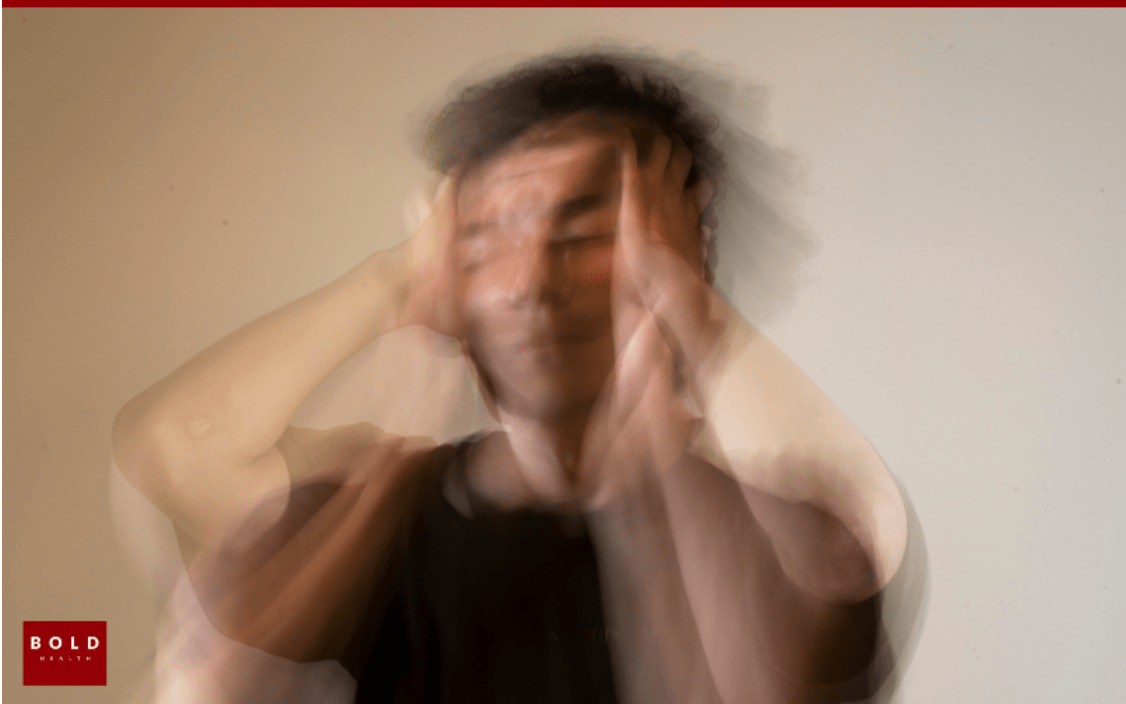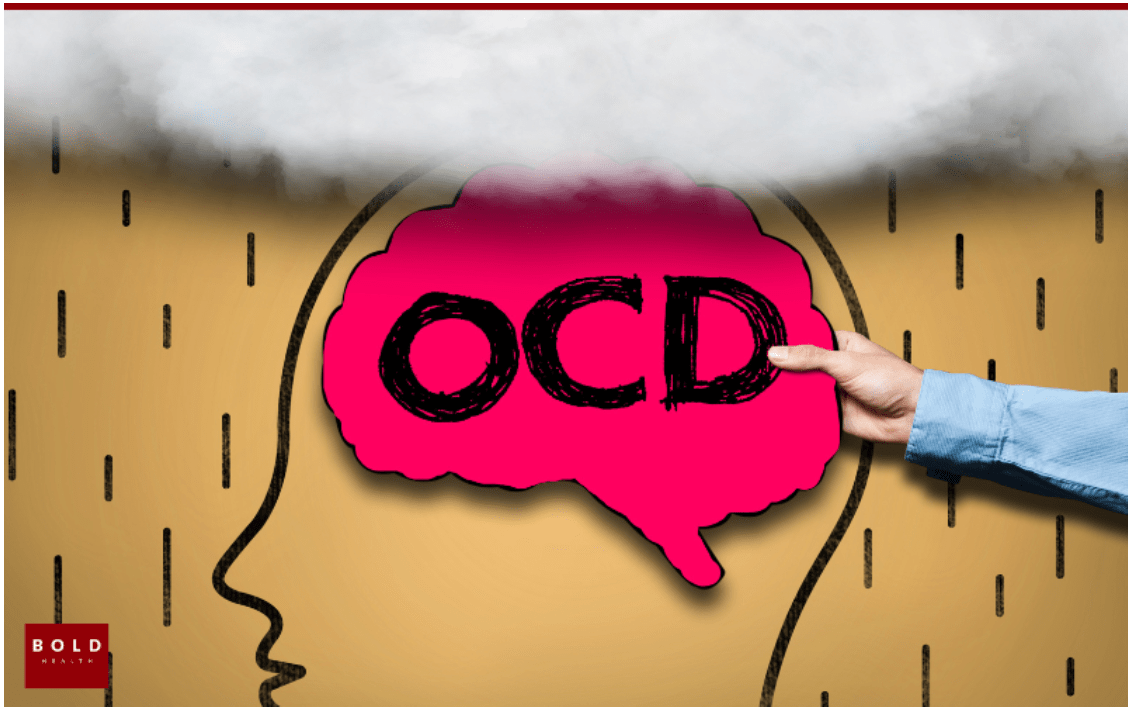

Introduction to OCD and Thought Patterns
Obsessive-Compulsive Disorder (OCD) is a mental health condition characterized by intrusive, unwanted thoughts (obsessions) and repetitive behaviors or mental acts (compulsions) aimed at reducing anxiety.
Understanding OCD is crucial for recognizing how it affects thought patterns. These obsessive thoughts can be persistent and distressing, leading to significant anxiety.
The journey towards breaking the cycle of OCD thoughts begins with awareness. Recognizing these patterns is the first step in developing strategies to interrupt and manage them. This article delves into various techniques, from cognitive-behavioral strategies to lifestyle changes, to help those struggling with OCD find relief and regain control over their thoughts and actions.
In this comprehensive guide, we’ll explore a range of strategies and insights from first-hand experiences and expert advice, aiming to provide a well-rounded understanding of how to effectively interrupt OCD thoughts and promote long-term wellness.
Identifying the Cycle of OCD
The cycle of OCD often starts with an obsessive thought, leading to anxiety, which then compels the individual to perform certain rituals or behaviors (compulsions) to alleviate the distress. Unfortunately, these compulsions only provide temporary relief and often reinforce the obsessive thoughts, creating a vicious cycle.
Understanding the roles of compulsions and avoidance in this cycle is essential. Compulsions can be overt, like washing hands excessively, or covert, such as mental rituals. Avoidance behavior, on the other hand, involves evading situations that trigger obsessive thoughts. Recognizing these patterns can be a powerful tool in interrupting the OCD cycle.

Recognizing OCD Thoughts
Identifying what triggers your Obsessive-Compulsive Disorder (OCD) thoughts is a critical aspect of managing the condition. These triggers can be diverse and unique to each individual, but there are some common patterns that many people with OCD experience.
Understanding Triggers: Triggers are specific stimuli or situations that prompt OCD thoughts and compulsions. These can range from external factors, like a particular place or situation, to internal factors, such as a thought or feeling. Becoming aware of these triggers is essential as it helps you anticipate and prepare for managing OCD symptoms.

Common OCD Patterns:
- Fears about Cleanliness: This is one of the most well-known OCD patterns. It involves an excessive preoccupation with germs, dirt, or contamination. Individuals may fear being contaminated by touching objects others have touched or feel compelled to clean excessively.
- Order and Symmetry: Some people with OCD are preoccupied with orderliness and symmetry. They may feel a strong need to arrange objects in a particular way or become distressed if items are not aligned perfectly.
- Counting and Arranging: Similar to symmetry, this involves compulsions around counting (like steps or items) or arranging things in a certain pattern or sequence.
- Hoarding: This is the difficulty in discarding or parting with possessions, irrespective of their actual value. This behavior often stems from a fear of losing something important or a belief that items may be needed in the future.
- Intrusive Thoughts: These are unwanted, often distressing thoughts or images that repeatedly enter the mind. They can be about harm coming to oneself or others, sexual content, or religious blasphemy, among other themes.

Recognizing the Signs:
- Excessive Doubt: Constantly questioning if you’ve done something right, like locking the door or turning off the stove.
- Avoidance Behavior: Deliberately avoiding situations or objects that trigger OCD thoughts.
- Mental Rituals: Engaging in internal rituals, like repeating certain words or phrases to alleviate anxiety.
- Developing Awareness: Keeping a journal can be a helpful tool in identifying patterns in your OCD thoughts and behaviors. Recording what triggers your OCD, how you react, and what thoughts or compulsions arise can provide valuable insights.
- Seeking Professional Help: An OCD mental health professional can assist in recognizing and understanding your OCD patterns. They can provide guidance on coping strategies and treatment options, such as Cognitive Behavioral Therapy (CBT), which is particularly effective for OCD.
In summary, recognizing your OCD thoughts involves understanding your triggers, being aware of common OCD patterns, noticing the signs, and seeking professional help. This understanding is a fundamental step in managing OCD and improving your quality of life.

Cognitive Behavioral Therapy (CBT) for OCD
Cognitive Behavioral Therapy (CBT) is a highly effective, evidence-based treatment for Obsessive-Compulsive Disorder (OCD). It primarily focuses on altering dysfunctional thought patterns and behaviors, which are central to OCD. The goal of CBT is to teach individuals with OCD new ways of responding to their obsessive thoughts without engaging in compulsive behaviors.
Principles of CBT for OCD:
- Understanding the OCD Cycle: CBT helps in recognizing the cycle of obsessions (intrusive, unwanted thoughts) and compulsions (repetitive behaviors performed to reduce anxiety from these thoughts).
- Identifying and Challenging Distorted Thoughts: Individuals learn to identify and challenge irrational beliefs and fears that fuel their OCD symptoms.
- Behavioral Change: CBT involves changing the behavioral responses to obsessive thoughts. Instead of performing a compulsion, individuals learn healthier ways to cope with anxiety.
Techniques in CBT:
- Exposure and Response Prevention (ERP): This is the most crucial component of CBT for OCD. In ERP, individuals are gradually and systematically exposed to situations or objects that trigger their OCD, while simultaneously being encouraged not to engage in compulsions. The idea is to ‘habituate’ or become less sensitive to the trigger over time.
- Cognitive Restructuring: This technique involves identifying and challenging irrational thoughts and replacing them with more balanced and realistic ones.
- Mindfulness-Based Techniques: These techniques focus on bringing the individual’s attention to the present moment, helping them observe their thoughts and feelings without judgment and reducing the urge to engage in compulsions.
The Process of CBT for OCD:
- Assessment: Initially, a thorough assessment is conducted to understand the nature, severity, and impact of the OCD symptoms.
- Goal Setting: Together with the therapist, the individual sets specific, achievable goals for therapy.
- Skills Training: The therapist teaches various skills, such as relaxation techniques and cognitive restructuring methods.
- Exposure Hierarchy: In ERP, a hierarchy of feared situations is created, starting from the least anxiety-provoking to the most. The individual gradually works through this hierarchy.
- Homework Assignments: CBT involves practice outside of therapy sessions, where individuals apply the skills learned in therapy to real-life situations.
Effectiveness of CBT:
CBT has been proven to be one of the most effective treatments for OCD.
It helps reduce the frequency and intensity of OCD thoughts and compulsions.
Benefits of CBT are often long-lasting, providing individuals with skills to manage their symptoms effectively in the long term.
Combining CBT with Other Treatments:
In some cases, CBT is combined with medication, such as Selective Serotonin Reuptake Inhibitors (SSRIs), to enhance treatment effectiveness.
Supportive therapies, like family therapy or group therapy, can also be integrated into the treatment plan.
In summary, CBT for OCD involves understanding and breaking the cycle of obsessive thoughts and compulsive behaviors through techniques like ERP and cognitive restructuring. It empowers individuals with skills to manage their OCD symptoms, contributing to significant improvements in their quality of life.

Mindfulness and Meditation for Managing OCD
Mindfulness and meditation have become increasingly popular and effective methods for managing Obsessive-Compulsive Disorder (OCD) thoughts. These practices focus on bringing one’s attention to the present moment, fostering a sense of awareness and acceptance, which is particularly beneficial for those struggling with OCD.
Mindfulness in the Context of OCD:
- Present Moment Awareness: Mindfulness teaches individuals to live in the present moment rather than getting caught up in intrusive OCD thoughts about the past or future.
- Nonjudgmental Observation: It involves observing one’s thoughts, feelings, and bodily sensations without judgment. This means acknowledging OCD thoughts without engaging with them or considering them as true or important.
- Breaking the Cycle of Obsession and Compulsion: By cultivating a mindful approach, individuals learn to notice their obsessive thoughts and choose not to act on them with compulsive behaviors.
Meditation Practices for OCD:
- Mindfulness Meditation: This practice involves sitting quietly and paying attention to thoughts, sounds, the sensations of breathing, or parts of the body, bringing your attention back whenever the mind starts to wander.
- Focused Attention Meditation: This involves focusing on a single point, like a sound, a visual object, or the breath. It helps in training the mind to maintain focus and return to that focus when unwanted OCD thoughts intrude.
- Body Scan Meditation: This is a type of meditation where attention is directed at various parts of the body, noticing any sensations, tensions, or discomfort. It helps in developing a greater awareness of bodily sensations and can be particularly helpful in identifying the physical manifestations of OCD anxiety.
Benefits of Mindfulness and Meditation for OCD:
- Reduced Anxiety and Stress: Regular mindfulness and meditation can lead to reductions in the general levels of anxiety and stress, which are often high in individuals with OCD.
- Increased Emotional Regulation: These practices enhance the ability to regulate emotions, helping individuals respond to OCD thoughts in a more balanced manner.
- Greater Resilience: Over time, mindfulness and meditation can build resilience against the stress and anxiety triggered by OCD thoughts.
Incorporating Mindfulness into Daily Life:
- Routine Practice: Setting aside a regular time for mindfulness and meditation each day can help in cultivating these skills.
- Mindful Activities: Engaging in daily activities mindfully, like eating, walking, or listening, can be a practical way to practice mindfulness.
- Mindfulness Apps and Resources: Many apps and online resources are available to guide individuals through mindfulness and meditation practices specifically tailored for OCD.
- Complementary to Other Treatments:
- Mindfulness and meditation are often used in conjunction with other treatments like Cognitive Behavioral Therapy (CBT) and medication. They are part of a holistic approach to managing OCD.
In summary, mindfulness and meditation can play a significant role in managing OCD thoughts. By fostering present moment awareness and a nonjudgmental attitude towards thoughts, these practices help break the cycle of obsessive thinking and compulsive behaviors, contributing to overall well-being and mental health.
Breaking the cycle of OCD thoughts requires a combination of professional help, self-help strategies, and support.

Transform Your Life with BOLD Health: Exceptional OCD Treatment Tailored for You
At BOLD Health, we pride ourselves on our exemplary reputation in providing top-tier treatment for Obsessive-Compulsive Disorder (OCD). Our commitment is to alleviate your symptoms, enabling you to embrace a life free from the burdens of worry, compulsions, and obsessions. Understanding that each individual’s journey with OCD is unique, we dedicate ourselves to comprehensively understanding your specific needs and circumstances.

Our tailored approach ensures that you receive the most effective treatment plan, whether that involves our specialized OCD Intensive Outpatient Program, a range of psychotherapy options, meticulous medication management, or a blend of these therapies. We believe in your right to live a life liberated from the constraints of obsessive-compulsive disorders, and our team is passionately committed to guiding you towards this freedom.
With BOLD Health as your partner in San Diego OCD treatment, a brighter, more peaceful future is not just a possibility – it’s within your reach. Start your journey towards recovery and reclaim the joy in your life with us by your side.


